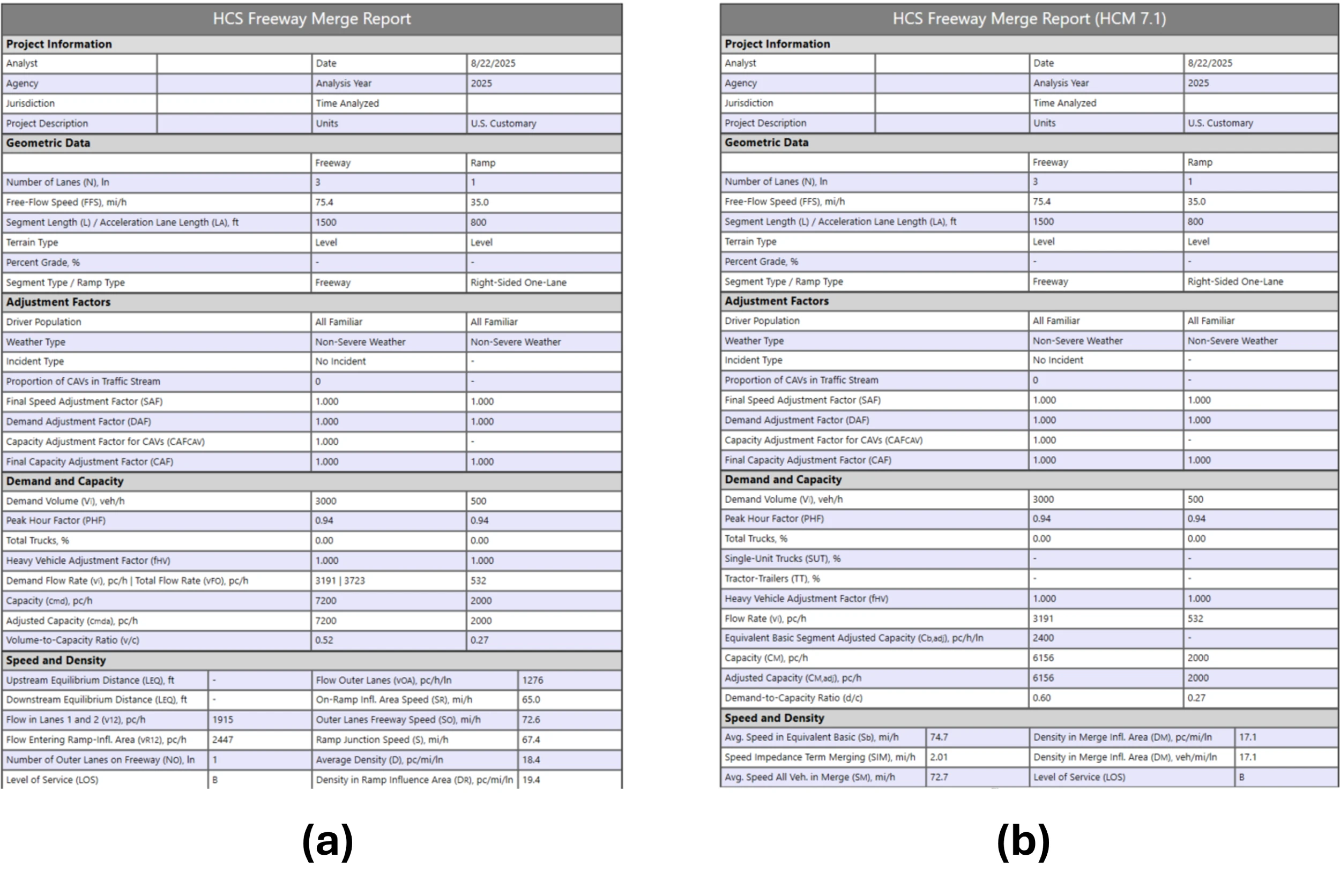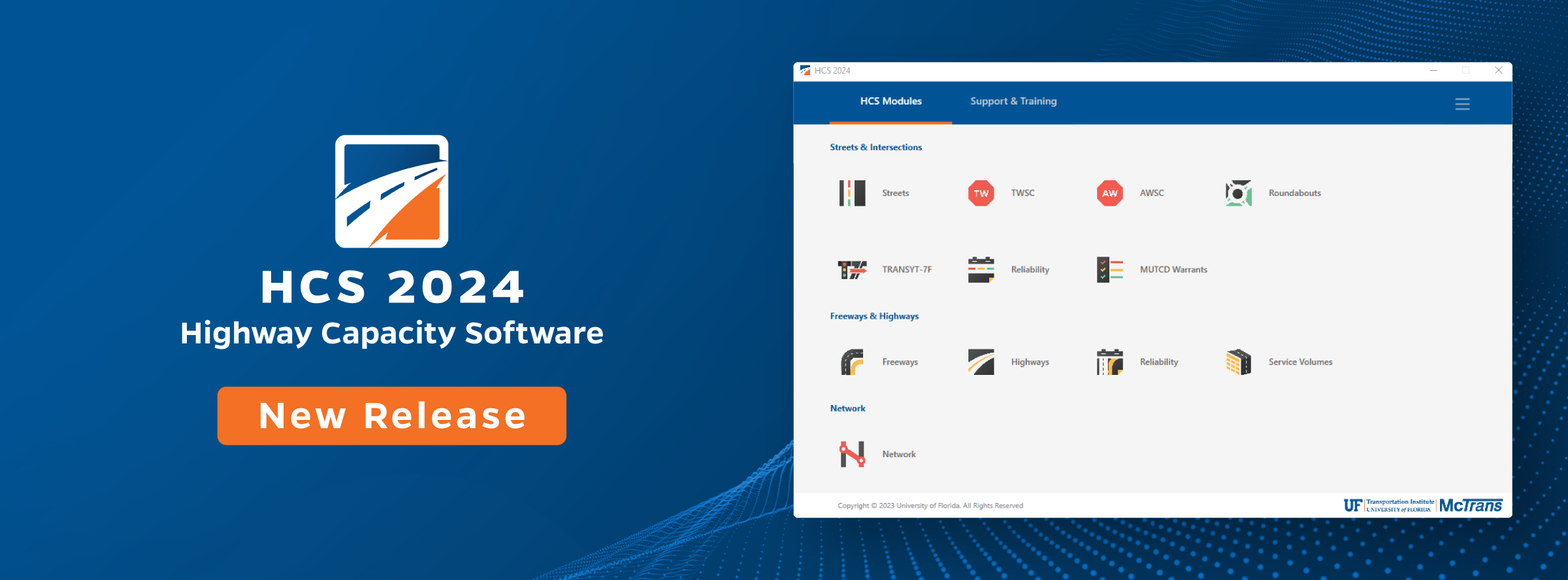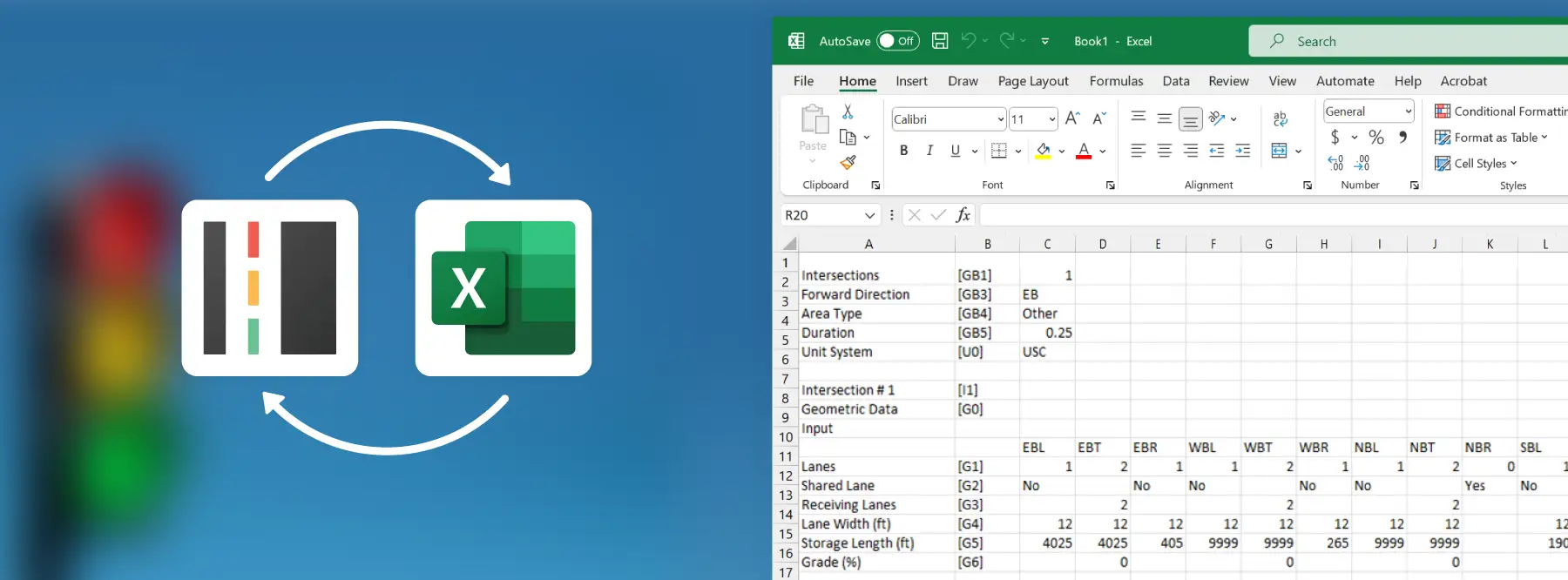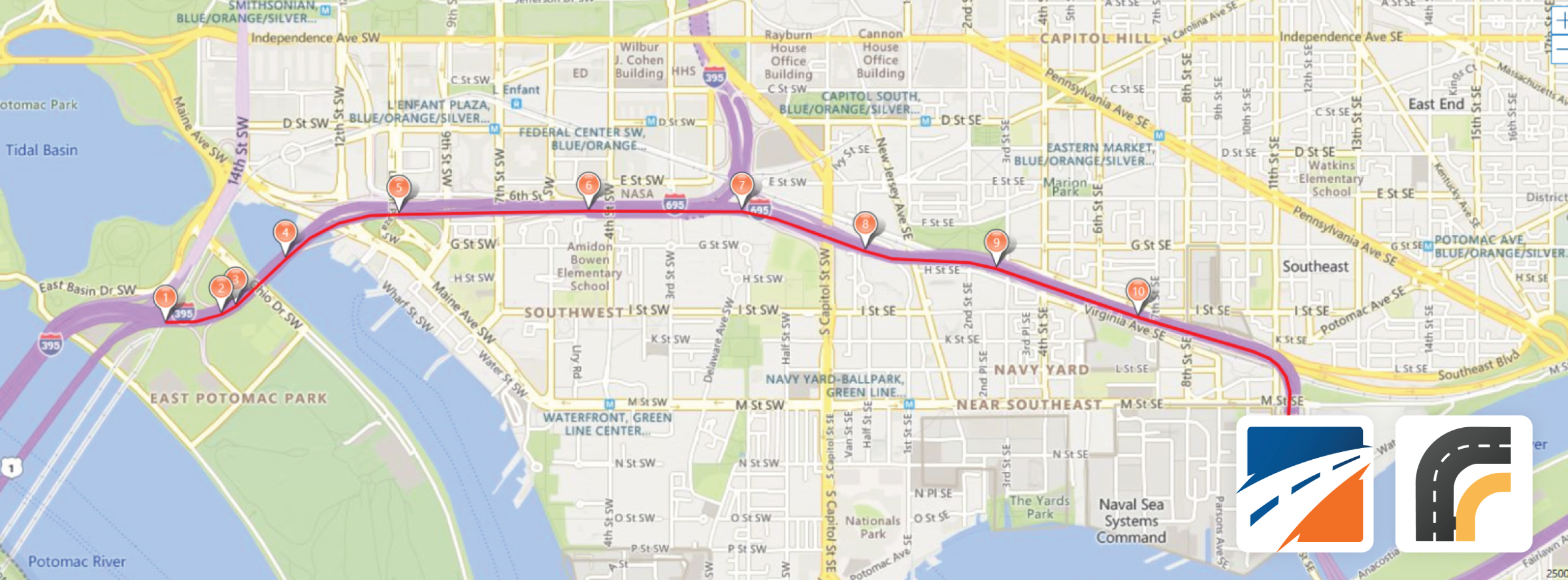Released in 2023, NCHRP Research Report 1038 (Research Project 07-26) delivered a major update to the Highway Capacity Manual (HCM) methodologies for analyzing freeway merge, diverge, and weaving segments—locations that often become bottlenecks and sources of delay and are critical for freeway analyses.
This article provides an overview of the major changes in the new proposed methods and their implementation in the Highway Capacity Software.
Limitations of Previous Methods
The new proposed methods overcame a series of known limitations from the previous methodologies. The HCM existing procedures were based on limited field data collected in the 1990s and 2000s—often just an hour of observations per site. As a result, some limitations include:
- Inconsistent results across segment types (e.g., some weaves were predicted to operate worse than merges, despite added capacity).
- Disconnection from traffic flow theory, since flow, speed, and density were modeled independently rather than through the fundamental relationship (flow = speed × density).
- Lack of coverage of common designs, such as two-lane ramps, lane adds/drops, and short weaving sections.
- Systematic errors, such as overestimating merge/diverge capacity and underestimating weaving speeds.
Strengths of the New Methods
The new models were developed from over 120 freeway sites and more than 3 million sensor-based observations, supplemented by probe vehicle data. Key strengths include:
- Consistency across all segment types, converging to basic freeway operations under low demand.
- Consistency to the speed–flow–density relationship.
- Better accuracy, with improved alignment to field conditions, especially for complex merges, diverges, and weaves.
- Simple application, requiring inputs that are readily available to practitioners.
Significant Changes
The research team compared the HCM theoretical capacities for merge segments against findings in the literature, and found that the HCM consistently overestimates capacity for merge/diverge and weaving segments. Therefore, the new capacity models are more consistently aligned with observed field data from freeways all across the country.
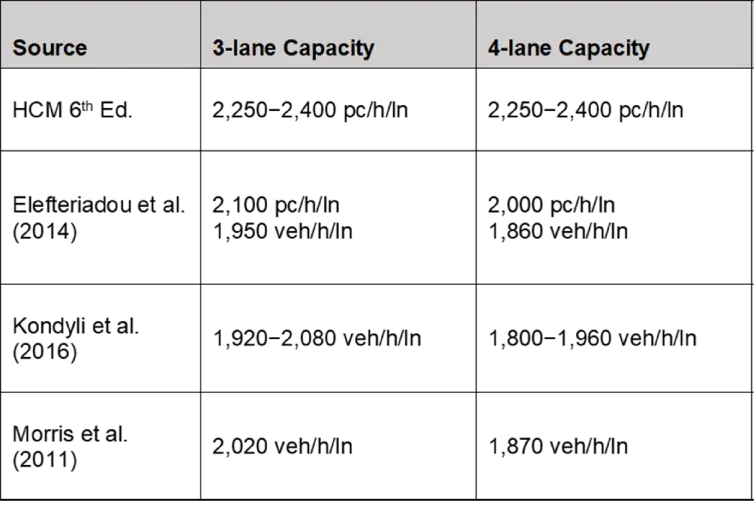
Comparison of HCM merge capacity estimates and literature findings (source: NCHRP 07-26)
Researchers also compared the observed densities at capacity we weaving segments, derived from field data, against the density at capacity (43 pc/mi/ln) currently used in HCM methods. The observed density at capacity across multiple sites with different geometric conditions resided around 35 pc/mi/ln, which was the new threshold proposed for the revised HCM methods.
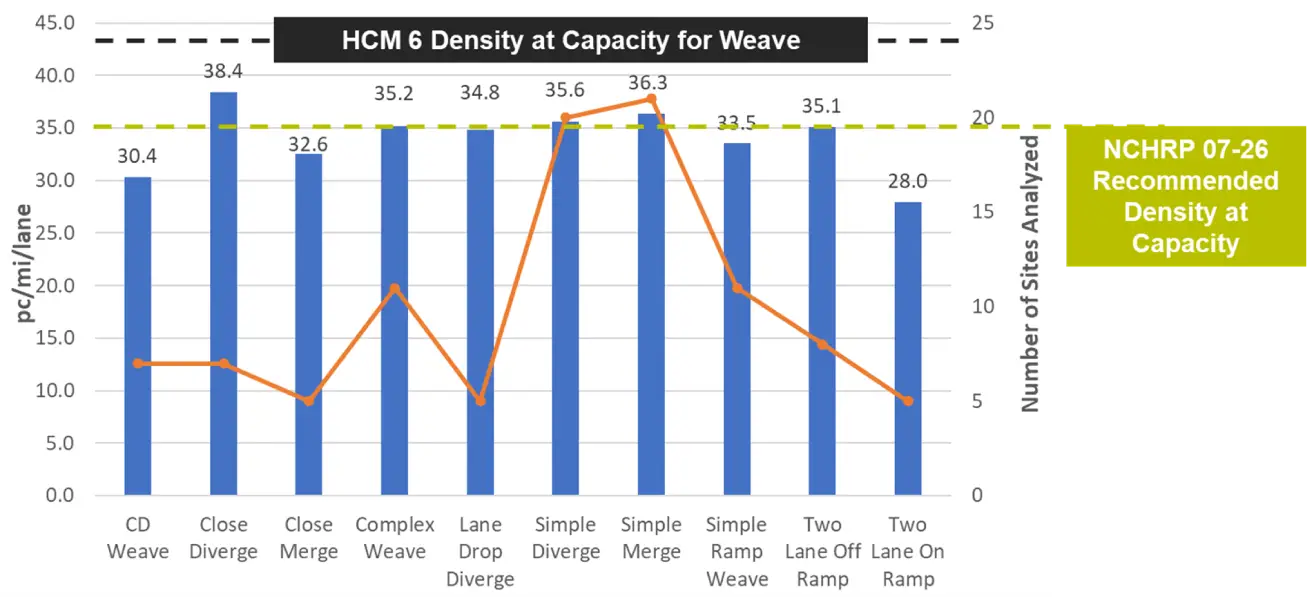
Comparison of density at capacity for weaving segments (source: NCHRP 07-26)
HCS implementation
The new methods are available in HCS2025 and versions after that. The new methods can be applied to single-segment analyses in the Freeways module of the Highway Capacity Software.
As it can be noticed, the list of required inputs has not changed significantly between the models, meaning the same inputs required for the current analyses can still be used. Therefore, switching to the new methods should not translate into additional modeling efforts, resulting in a minimal learning curve.
Although the list of required inputs was minimally changed, the backend calculations in the software have been completely redesigned. The figure below compares reports of a merge analysis performed with the HCM 7 and the new methods.



